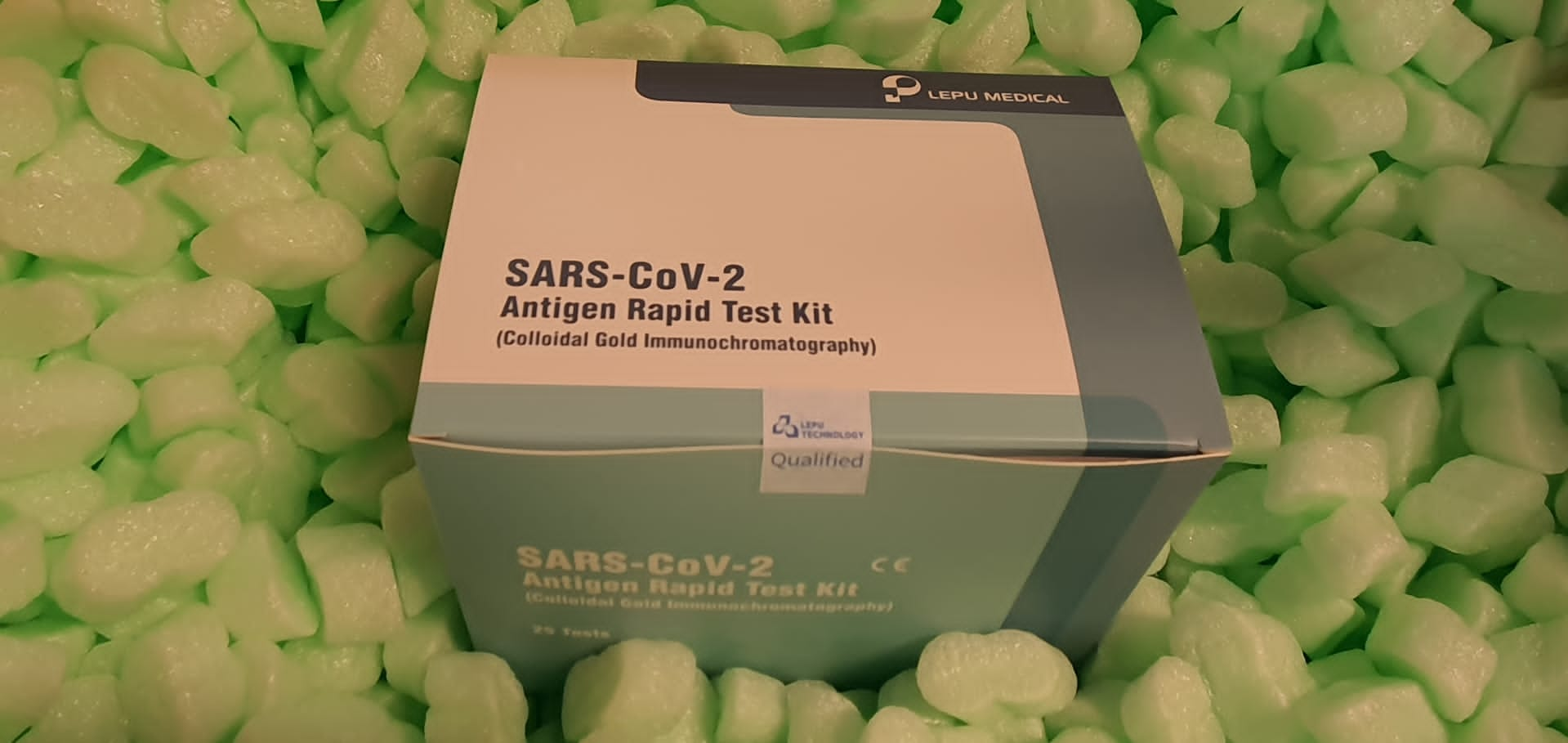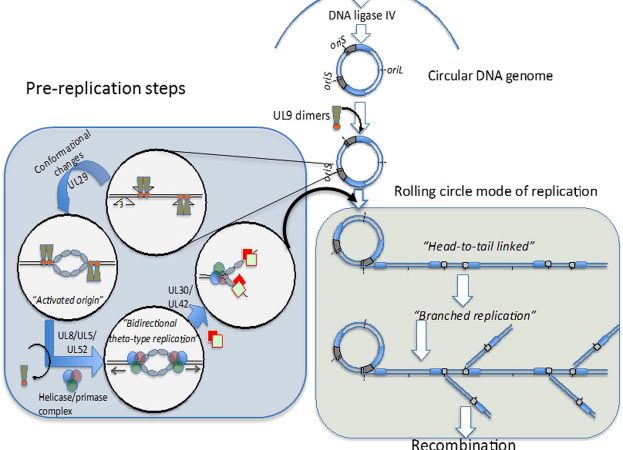The extreme IAI group had a brief being pregnant period from amniocentesis to supply (median three days) than in with out IAI group (median 45 days); in the meantime, the delicate IAI group had a latency that was intermediate to the extreme and with out IAI teams (median 9.5 days). Moreover, the danger of assorted particular person adversarial outcomes (quick latency from amniocentesis to supply, preterm supply at each <34 and <37 weeks of gestation, histologic chorioamnionitis, respiratory misery syndrome, and congenital sepsis) was larger in ladies with extreme IAI (OR ≥ 2.8), in contrast with ladies with out IAI.
Amniotic fluid (AF) interleukin-6 (IL-6) focus has been related to preterm supply and perinatal morbidity and mortality in ladies with preterm labor and intact membranes. However, the scientific significance of this biomarker of intra-amniotic irritation (IAI) remains to be unclear due partly to the paucity of huge research. Of the 21 ladies, 7 have been thought-about to have moderate-to-severe PMS (PMS [+] group) and 14 have been thought-about to haven’t any or delicate PMS (PMS [-]), and not one of the individuals had premenstrual dysphoric dysfunction. The IL-10 ranges have been considerably decrease earlier than than after menstruation within the PMS (-) group.
The IL-10 ranges earlier than menstruation have been considerably larger within the PMS (+) group than within the PMS (-) group. Different markers didn’t present related variations between the teams. The CES-D scores have been larger within the PMS (+) group than within the PMS (-) group each earlier than and after menstruation. There have been optimistic correlations between the CES-D scores and IL-6 ranges earlier than menstruation and the CES-D scores and IL-10 ranges after menstruation. The exact pathophysiology of premenstrual syndrome (PMS) is unknown, and persistent irritation has been implicated in PMS.
Nevertheless, inflammatory markers, together with cytokines and C-reactive protein (CRP), haven’t been investigated earlier than and after menstruation in relation to PMS among the many identical individuals. This research investigated whether or not the plasma ranges of tumor necrosis factor-α, interleukin (IL)-6, IL-10, and CRP are associated to PMS. As in comparison with ladies with out IAI, ladies with delicate and extreme IAI had larger charges of preterm supply at each <34 and <37 weeks of gestation and perinatal morbidity and mortality.

Function of Interleukin-6 in Vascular Well being and Illness
IL-6 is often described as a pleiotropic cytokine produced in response to tissue damage or an infection. As a pro-inflammatory cytokine, IL-6 prompts innate and adaptative immune responses. IL-6 is launched within the innate immune response by leukocytes in addition to stromal cells upon sample recognition receptor activation. IL-6 then recruits immune cells and triggers B and T cell response. Dysregulated IL-6 exercise is related to pathologies involving persistent irritation and autoimmunity, together with atherosclerosis.
Train-associated IL-6 acts on adipose tissue to induce lipogenesis and on arteries to induce adaptative vascular reworking. These divergent actions might be defined by advanced signaling networks. Classical IL-6 signaling entails a membrane-bound IL-6 receptor and glycoprotein 130 (gp130), whereas trans-signaling depends on a soluble model of IL-6R (sIL-6R) and membrane-bound gp130. Trans-signaling, however not the classical pathway, is regulated by soluble gp130. On this assessment, we focus on the similarities and variations in IL-6 cytokine and myokine signaling to elucidate the differential and reverse results of this protein throughout irritation and train, with a particular give attention to the vascular system.
Covid-19 is a illness with excessive morbidity and mortality amongst aged residents of long-term care services (LTCF). Throughout an outbreak of SARS-CoV-2 an infection within the LTCF an efficient screening software is important to establish the sufferers in danger for extreme illness. We explored the position of interleukin 6 (IL-6) as a predictor for extreme illness throughout the outbreak of Covid-19 in a single LTCF in Slovakia. Nevertheless, IL-6 can also be produced and launched below helpful situations, resembling train, the place IL-6 is related to the anti-inflammatory and metabolic results coupled with bodily adaptation to intense coaching.
We performed a retrospective knowledge evaluation of instances of COVID-19, identified throughout the outbreak in a single LTCF in Slovakia between April 11, 2020, and Could 5, 2020. Inside 24 h after the analysis of Covid-19, scientific and laboratory screening was carried out within the LTCF to establish sufferers in want of hospitalization. Sufferers with oxygen saturation under 90% have been instantly referred to the hospital. Sufferers staying within the LFTC have been monitored every day and those who developed hypoxemia have been transferred to the hospital. We analyzed the affiliation between the IL-6 on the preliminary evaluation and growth of hypoxemia throughout observe up and decided the cut-off of the IL-6 in a position to predict the event of hypoxemia requiring oxygen remedy.
Fifty-three sufferers (11 males, 42 ladies) with identified Covid-19 have been included within the evaluation. 19 (53%) sufferers developed hypoxemia throughout the illness. Sufferers with hypoxemia had considerably larger concentrations of IL-6, C-reactive protein, procalcitonin, fibrinogen, whole bilirubin, aspartate aminotransferase and alanine aminotransferase at preliminary screening. ROC analyses recognized IL-6 as probably the most strong predictor of hypoxemia. The focus of IL-6 > 24 pg/mL predicted the event of hypoxemia with the sensitivity of 100% and specificity of 88.9%. The optimistic and unfavourable predictive values have been 76.9, and 100% respectively.
The focus of IL-6 > 24 pg/mL at preliminary evaluation predicted the event of hypoxemia requiring hospitalization with wonderful sensitivity and good specificity. IL-6 seems as a possible predictor for the event of the extreme Covid-19 and would possibly serve for early identification of sufferers in want of hospitalization. Additional research are wanted to judge the robustness of using IL-6 as an efficient screening software for the extreme course of Covid-19.







